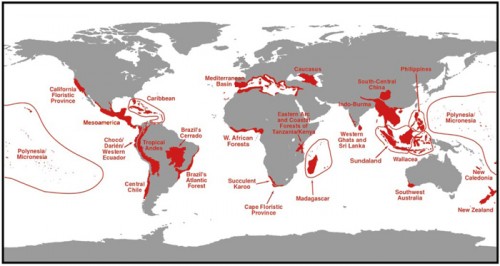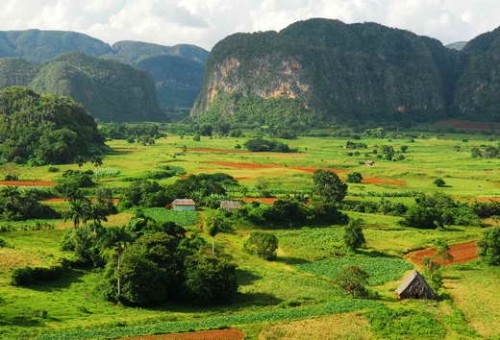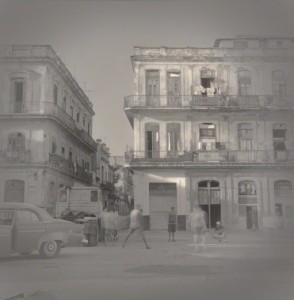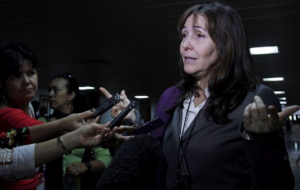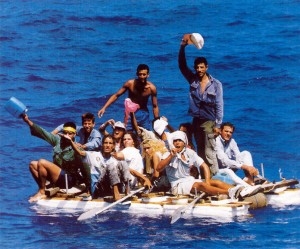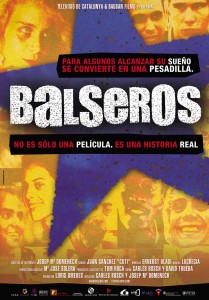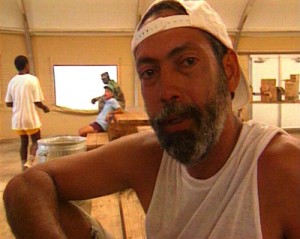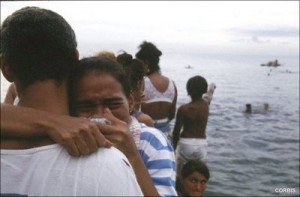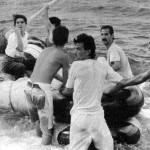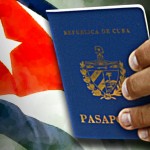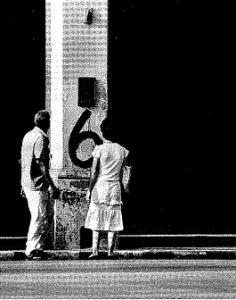Today there is an escalating inequality in the United States as higher education becomes more and more reserved for the elite. With an increasing disparity between not only who is being enrolled in the nation’s university system, but a similar issue also rises in the “quality” of the universities themselves. The right name, plenty of money, and a degree from Harvard. That’s what you need to succeed in America today. That, or a whole lot of luck, of which there is barely even a miniscule amount being spread, especially amongst the working class.
Meanwhile, less than 1500 miles Southwest of Harvard lies the University of Havana, where tuition is paid by the state and admission is open to any citizen that can prove their devotion to the Cuban revolution. And the University of Havana is not alone; Cuba has nearly 50 places of higher learning, all of which follow the same tuition and enrollment models.

The University of Havana, one of 47 Cuban universities, currently houses 60,000 students; more than half of Cuba’s total higher education enrollment of 112,000.
A great amount of differences between the United States and Cuba have always been visible, so it should be no surprise that their respective Education systems are among these differences. So, the question I find myself asking is not why are they different, but is one difference better?
As a student at Vassar College, I cannot empathize with those who join the workforce immediately after high school graduation – assuming they even do graduate – in order to support themselves and often their families. I do however realize the existence of the epidemic of the working class and more than ever understand the need to put a halt to such dire circumstances experienced by so many Americans.
At the same time, while I do turn to Cuba, see its national literacy rate of nearly 100%, and feel a sense of appreciation and respect for Fidel Castro’s achievements, I have to question what Cubans are able to do with their increasing knowledge. My question does not even go as deep as the government’s imposition on individual mobility within the country or ask what the implemented curriculum is at the primary, secondary, and university levels. I ask, quite simply, in what ways do Cuba’s economic needs come before the needs and aspirations of the students?
In 2006, Fidel’s brother, Raúl Castro, officially assumed power. Since then he has been making a gradual move towards the privatization of the economy, leading to a significant downsizing in state employment. Only construction and agriculture appear to be growing, and in order to fill these spots the University of Havana has limited availability for humanities majors and expanded space for students within the department of agriculture.
All citizens have the opportunity to learn, but how is it chosen what they learn? What does having a degree, that everyone else seems to have, gain them?
How is it that a nation who has been expanding its knowledge base since 1959 not re-revolutionized? What is causing revolutionary ideals to maintain for over half a century?
Furthermore, if Education is for a privileged few, and a major cause in the significant class disparities we see in America today, why do we still see poverty in an all-educated Cuba?
Does the society that an education system is located in cause the effects that that education system has on the society?
Further Reading:
Chase, Michelle. “Cuba Rethinks the Revolution.” Agence Global. 20 Oct. 2011. Web. 24 Feb. 2012. <http://www.agenceglobal.com/Article.asp?Id=2666>.
Golden, Daniel. The Price of Admission: How America’s Ruling Class Buys Its Way into Elite Colleges–and Who Gets Left outside the Gates. New York: Crown, 2006. Print.
Sweig, Julia E. Cuba: What Everyone Needs to Know. Oxford: Oxford UP, 2009. Print.
Posted in Uncategorized | No Comments »
